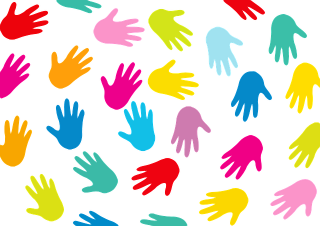Learning in a digital age/LiDA102/Societal issues/Equity and inclusion
From WikiEducator
Inclusion is about a sense of belonging irrespective of national origin, age, race, ethnicity, belief, gender, gender identity, sexual orientation or socioeconomic status. Equity is a proactive commitment to equal opportunity and practices that ensure inclusion without intentional (or unintentional) discrimination.
In this section, we investigate examples of gender discrimination in a digital world, recognising that equity and inclusion are not restricted to gender alone.
| “ | Ideologically. There’s a problem with the Internet. Largely designed by men from the developed world, it is built for men of the developed world. Men of science. Men of industry. Military men. Venture capitalists. Despite all the hype and hope about revolution and access and opportunity that these new technologies will provide us, they do not negate hierarchy, history, privilege, power. They reflect those. They channel it. They concentrate it, in new ways and in old. | ” |
| —Audrey Watters, Hack Education[1] | ||
| “ | There is something else that really bothers me about the use of the the word 'troll' to describe garden variety misogyny. It suggest that this is an Internet problem, rather than a society problem. | ” |
| —Steph Guthrie, TeDx Toronto, 2013. | ||
References
- ↑ Watters, A. (2014, November 18). Men Explain Technology to Me: On Gender, Ed-Tech, and the Refusal to Be Silent. Hack Education


